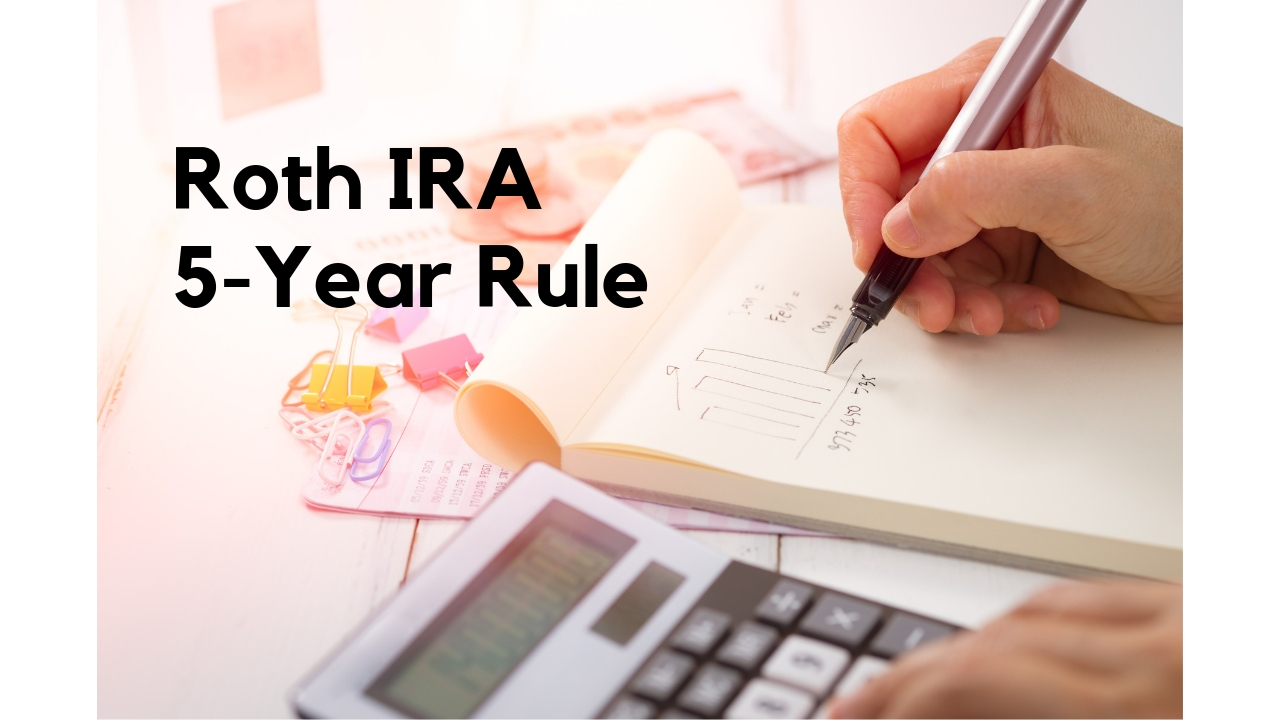
Four Questions on the Roth Five-Year Rule
This week, Craig Siminski, of CMS Retirement Income Planning, shares an article providing an overview of two versions of the Roth five-year rule and how they apply to various situations:
——
The Roth “five-year rule” typically refers to when you can take tax-free distributions of earnings from your Roth IRA, Roth 401(k), or other work-based Roth account. The rule states that you must wait five years after making your first contribution, and the distribution must take place after age 59½, when you become disabled, or when your beneficiaries inherit the assets after your death.
Roth IRAs (but not workplace plans) also permit up to a $10,000 tax-free withdrawal of earnings after five years for a first-time home purchase.
While this seems straightforward, several nuances may affect your distribution’s tax status. Here are four questions that examine some of them:
1. When does the clock start ticking?
“Five-year rule” is a bit misleading; in some cases, the waiting period may be shorter. The countdown begins on January 1 of the tax year for which you make your first contribution. For example, if you open a Roth IRA on December 31, 2020, the clock starts on January 1, 2020, and ends on January 1, 2025 — four years and one day after making your first contribution.
Even if you wait until April 15, 2021, to make your contribution for tax year 2020…
To Read the Entire Article, Please Click Here.
Craig Siminski is a CERTIFIED FINANCIAL PLANNER™ professional, with more than 22 years of experience. His goal is to provide families, business owners, and their employees with assistance in building their financial freedom.

Please let Craig know that the Green Bay News Network Sent You!

